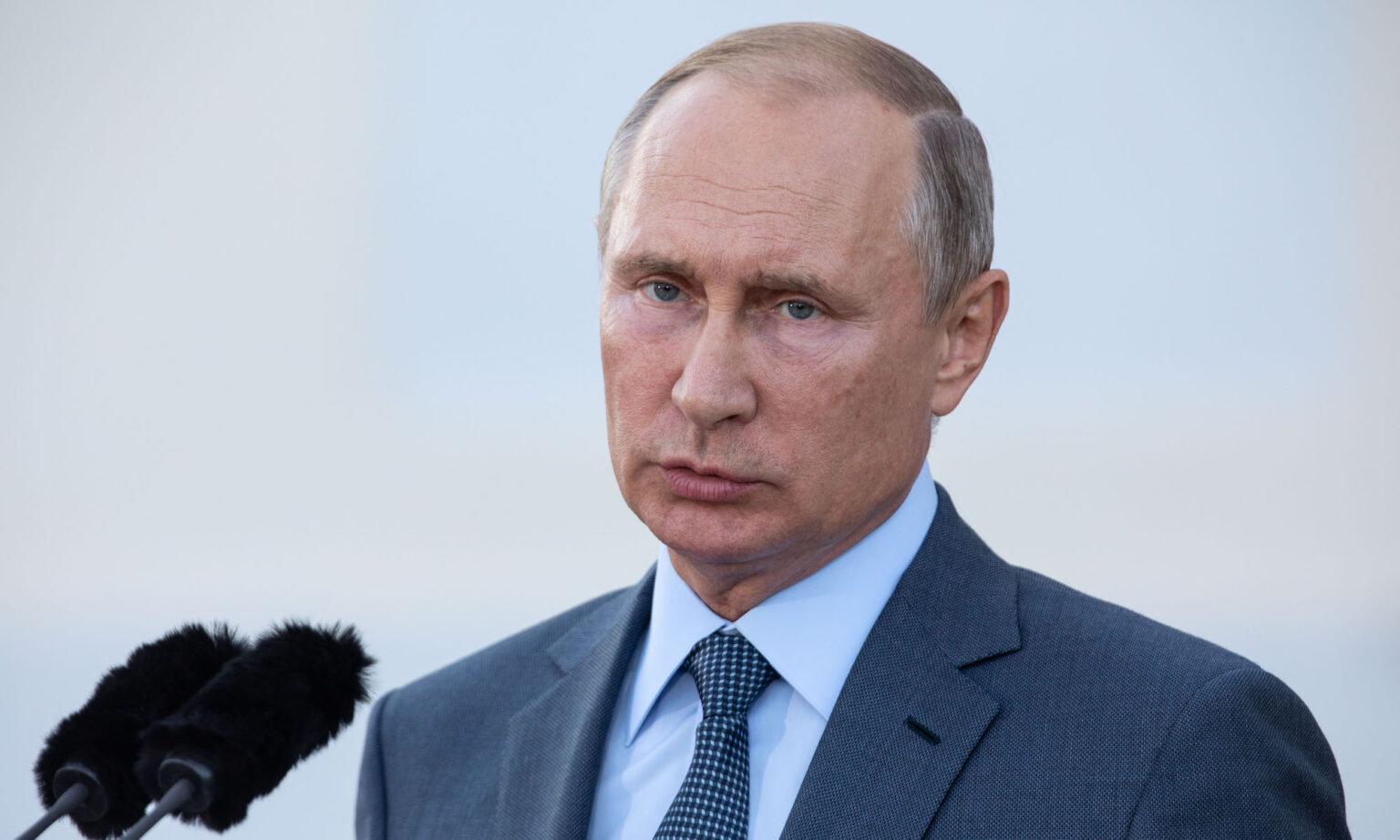
Long-read
Russia does not want a war in Ukraine
Putin is just responding to NATO’s sabre-rattling on Russia’s borders.
Over the past month the drum beat of a new war in the east of Europe has grown ever louder. So loud, in fact, that US president Joe Biden and Russia’s president, Vladimir Putin, felt the need to hold a virtual summit on Tuesday this week. The stated aim from the Russian side was to try to clear the air and, from the US side, to stall what it had presented as Russian preparations to invade Ukraine.
The outcome, as spun by the US, included loud threats of new Western sanctions and embargoes should Russia take a step across the Ukraine border. As spun by Russia, the summit allowed for new discussions, which was in turn spun by some advocates for Ukraine as potentially jeopardising its independence.
What seems not to have been resolved in those two hours of talks, however, is the original question: is Russia mobilising to invade Ukraine? (For the New Cold Warriors, this would be the second invasion, the first being Moscow’s 2014 annexation of Crimea and its ill-defined support for anti-Kiev rebels in eastern Ukraine.) And if Russia is not planning to invade, then what is going on?
The problem, as so often, is that the very same elements that can be cited as evidence of Russia’s aggressive intent, in terms of troop deployment and rhetoric, can also be viewed as reactive – that is, defensive. Yet the idea that Putin might be trying to reinforce Russia’s national security against what he might see as a Western threat – taking the form, say, of the NATO-backed land-grab for Ukraine – is almost never entertained. Yet consider which side has made the running here.
This latest West-Russia stand-off would appear to date from a hawkish Pentagon briefing on 10 November, which coincided with a visit to Washington by the Ukrainian foreign minister, Dmytro Kuleba, and the signing of a US-Ukraine strategic partnership agreement. Both the Pentagon and the US secretary of state referred to ‘unusual troop movements’ near Russia’s border with Ukraine, a figure of 100,000 troops was mentioned, and the supposed threat received blanket coverage in the US media.
The UK picked up the war cry. In a series of valedictory speeches and interviews in mid November, the outgoing UK chief of defence staff, General Sir Nick Carter, commanded headlines, warning of a Russian threat that had been a leitmotif of his three-year tenure at the top of the UK’s military establishment. Then came a veritable festival of Cold Warriordom in the shape of the NATO foreign ministers’ meeting on 30 November, held in the Latvian capital, Riga.
Here, NATO secretary general Jens Stoltenberg was on unusually eloquent form in defence of Ukraine’s independence and sovereign states’ right to choose their allies. Stoltenberg also harked back to a decade-old NATO-Russia quarrel about spheres of influence. In a rare nod to his native country, he noted that Norway had never called for any sphere of influence despite its border with Russia, therefore Russia didn’t need any buffer against NATO either. (A glimpse at the map might show the short length of Norway’s Arctic border with Russia and the huge buffer afforded by neutral Sweden and Finland, but that’s another matter.)
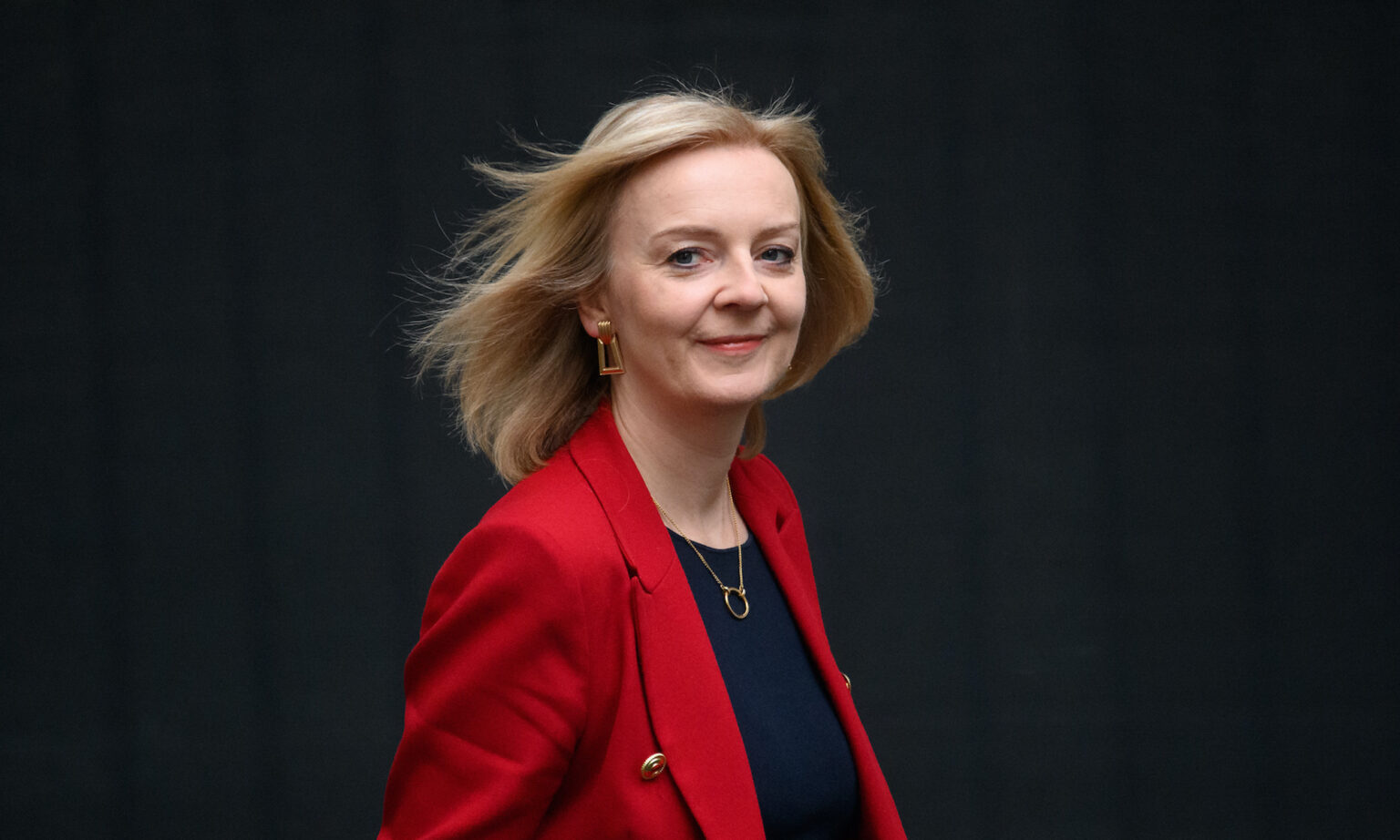
At the same time as the Riga meeting, an inimitable contribution to the general climate of peace and friendship was made by the UK’s new foreign secretary, Liz Truss, who posed, helmeted, in a tank while visiting a British troop unit in Estonia. It was not her fault that the pictures were seen less as a warning to Russia than a Thatcher tribute act – and, as such, as an unsubtle hint about Truss’s future ambitions.
Nor was this the end. From here the torch of invasion-alarm was passed to Germany where, following hot on the heels of Angela Merkel’s military farewell after 16 years as chancellor, the popular Bild published an enormous ‘exclusive’ on 4 December, complete with an elaborate map, headed: ‘This is how Putin could annihilate Ukraine.’ It set out the supposed positions of Russian troops (inside Russia) and detailed a Russian plan for a three-phase attack sometime in the New Year. In this piece the estimated number of Russian troops deployed ‘near’ the border with Ukraine was upped from 100,000 to a ‘potential’ 175,000 – a number instantly promoted and repeated, unqualified, across the Western media.
It might now be worth considering some peculiarities about the way this whole Russian-invasion scenario has been put about and how it has been magnified into a threat not just to Ukraine, but also to the EU and to the West as a whole.
First, we have been here before. Back in mid April, it was confidently reported that 100,000 Russian troops were mustering near the border with Ukraine – except that quite soon it transpired that they weren’t. Most were at their barracks at least 200 kilometres away. Russia’s fervent denials that anything was afoot were dismissed, but there was no advance and, in time, the accusations melted away.
Seven months later, in November, the same number of Russian troops had supposedly been spotted, split between Ukraine’s eastern border – in the Donbass – and its northern border. Why was the number suddenly upped to 175,000? Was it because US spy satellites – whose grainy pictures periodically pop up as supporting evidence – really showed this? Or was it perhaps because some Western military experts had argued that a 100,000-strong force was way too small to pacify Ukraine, so the numbers had to look more convincing?
Which leads on to Russia’s supposed objective. A favourite Western theory has long been that Putin wants not just to return Ukraine to Russia’s sphere of influence – he also wants to rebuild the Soviet Union, restore the Russian Empire, or at the very least to create a new Russia-led federation with Ukraine and Belarus.
Regardless of the presumed end point, however, many Russia-watchers in the West view the current military impasse affecting a small part of Ukraine as generally satisfactory to Moscow. It leaves the Donbass as a familiar ‘frozen’ conflict in which Russia retains enough leverage to exert influence, with minimal costs in terms of troops, weapons and risk.
So why would Russia even think of invading? And if it did, would it be a full invasion to take Kiev and bring all of Ukraine back into Russia’s strategic fold, or an occupation of just the mainly Russian-speaking Donbass? Or is Russia just sabre-rattling in the hope of somehow forcing the Kiev government and / or its Western backers to the negotiating table? There has been no clarity whatsoever on this score.
Quite simply, an invasion, and a winter invasion at that, makes no sense. The last thing Russia wants or needs is more territory. It can be argued that there was a strategic imperative for Moscow to annex Crimea – to secure its warm-water base at Sevastopol and its hinterland, which it saw as possibly falling into NATO hands. There is no such imperative to take the Donbass; it would be an unstable drain on Russia’s resources for the foreseeable future. Russia’s prime need is for a stable border region.
And this highlights another peculiarity. From the start, this whole Russia-invasion story, from April this year onwards, has been entirely in one direction – from the US, and then moving eastward across Europe. Ukraine itself, and its leaders, no strangers to alarmism, have maintained an almost surreal calm. When President Volodymyr Zelensky mentioned Russian troop movements for the first time this November, he noted the information had been passed on by US intelligence. No changes in Russia’s troop dispensations or in supplies to the rebels seem to have been registered by Ukraine’s own – always active, alert and at times inventive – secret services.
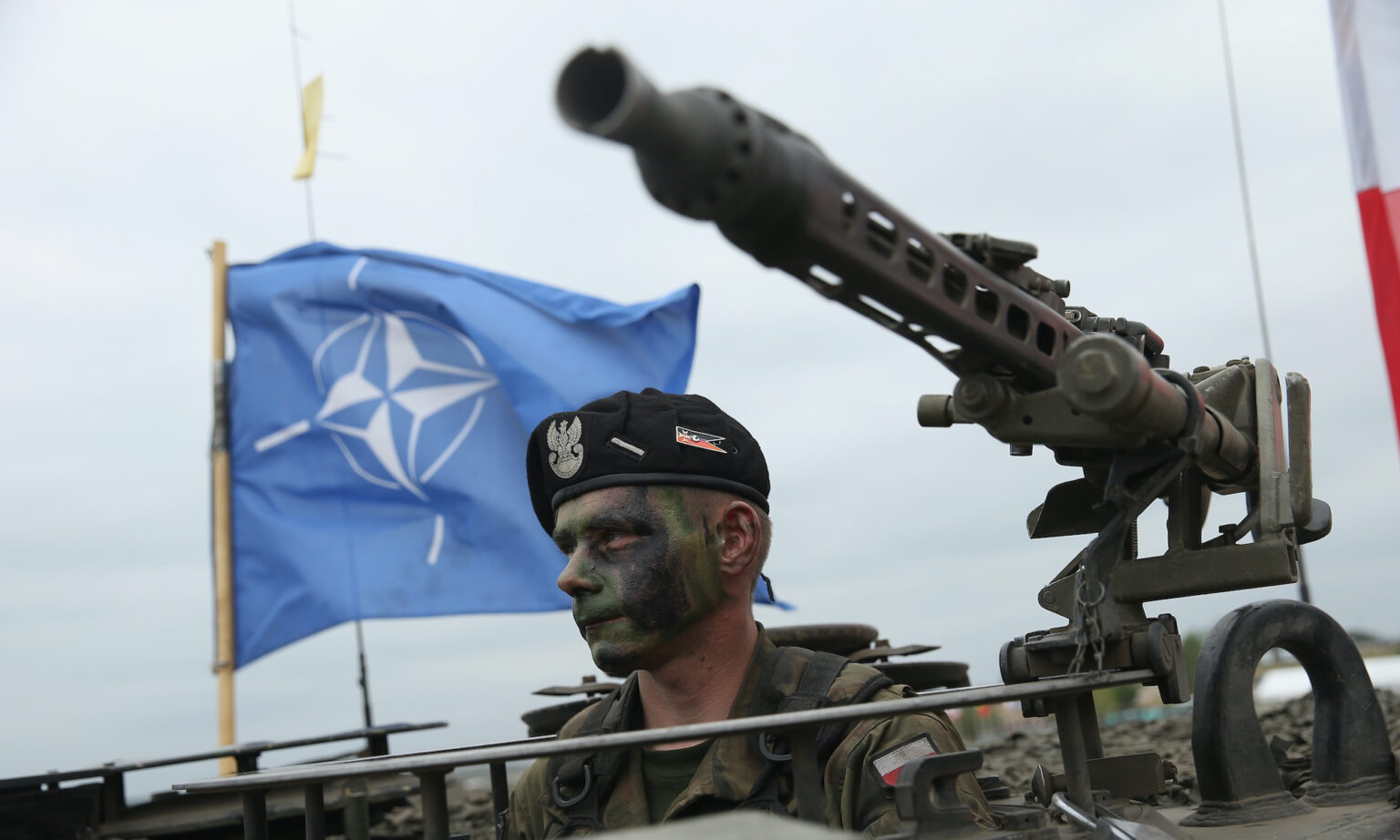
Russia also took the accusations with more equanimity than it sometimes does – which, of course, invites the West to conclude that US intelligence has got Moscow bang to rights. But its messages in recent weeks have also been unusually clear. It has denied any aggressive intent, blaming the West for trying to incite tensions. It has stated that a sovereign country has the right to move forces within its borders (which it does). But it has also, and crucially, said in no uncertain terms that for Ukraine to join NATO would, for Russia, constitute a ‘red line’. All this should leave no doubt that Moscow is in reactive, not proactive, mode.
Logic might also dictate that if anyone has a motive to launch a new military action now, it would be the Kiev government, freshly equipped with military equipment from the UK and the US. After seven years of intermittent fighting, it could finally judge – or have been persuaded – that force is the only way to reclaim the rebel regions in the east. Indeed, that it could be now or never.
Look again not just at the recent Western statements of support for Ukraine and the sabre-rattling against Russia that accompanies them, but also to Western actions over recent months. There are the defence agreements with Ukraine on the part of the US and the UK, the multiple NATO land and sea manoeuvres, including in western Ukraine and the Black Sea, and the current dispositions of NATO forces (including, officially for training purposes, at bases inside Ukraine and, officially for advisory purposes, actually inside Ukraine’s defence ministry). Then there are the recent US weapons supplies, including Javelin missiles, the Turkish supplies of drones, and an agreement with the UK on building warships. If you are sitting in Moscow, Ukraine starts to look very much like a NATO Trojan horse.
Is it so unreasonable to ask who is threatening whom here? Who is on offence – and who on defence? Anyone who notes Russian troop movements, within however many kilometres from Ukraine, should also look to the west of Ukraine, where NATO forces have been stationed since the alliance was enlarged to include most of the former Warsaw Pact and Yugoslav states (with Ukraine and the flaky Belarus constituting the only buffers).
From Moscow’s perspective, it is a travesty of recent history for NATO, with the US, the UK and former Eastern bloc states holding the megaphones, to denounce Russia as an expansionist power. The annexation of Crimea in 2014 aside, Russia has been contracting for the past 30 years, including the past 11 years under Putin.
From NATO troop movements Russia might also divine other reasons for the West’s war-talk than an invasion threat to Ukraine. Could the alarms sounded first in Washington provide cover for a Western-backed attempt to ‘change the facts on the ground’? Could Russia perhaps be tricked into a move that it would see as defensive and NATO would present as aggression? Remember that incident last summer with the British warship in the Black Sea.
In my view, and it is only my view, Russia might not be averse to a deal that would bring peace to the Donbass and leave it in Ukraine. But it would aim to secure guarantees for the Russian-speaking population (as the UK tried to do for British nationals in Hong Kong before the return to China and would doubtless try to secure for Brits in Northern Ireland in the event of Irish unification). Russia would be far less amenable to the Donbass being reincorporated into Ukraine by force, still less with Western help. It would see that – probably rightly – both as a humiliation and as presaging instability for years to come.
The bigger context is the current state of US-Russia relations. The speed with which this week’s summit was arranged hints at a lot going on behind the scenes. Ukraine does not like it, but hardly for the first time its future is tied up in a bigger game. It is one of the last pieces in the chess game that has been in progress since the end of the Cold War and the Soviet collapse.
Russia would dearly like a pan-European security agreement that would enshrine a US commitment to no further NATO expansion. This combines an old idea dating back to Gorbachev with Russia’s newly articulated ‘red line’ over Ukraine, and the West has ruled both elements out.
But could Biden and Putin, who both face re-election in 2024, be looking for a legacy agreement that would set Western-Russia relations on a new course? If so, it is no wonder that both sides are posturing to maximise their advantage. As the invasion-talk shows, however, posturing is a risky business, not least because there are real people and a real country, Ukraine, in the middle.
Mary Dejevsky is a writer and broadcaster. She was Moscow correspondent for The Times between 1988 and 1992. She has also been a correspondent from Paris, Washington and China.
All pictures by: Getty.
To enquire about republishing spiked’s content, a right to reply or to request a correction, please contact the managing editor, Viv Regan.





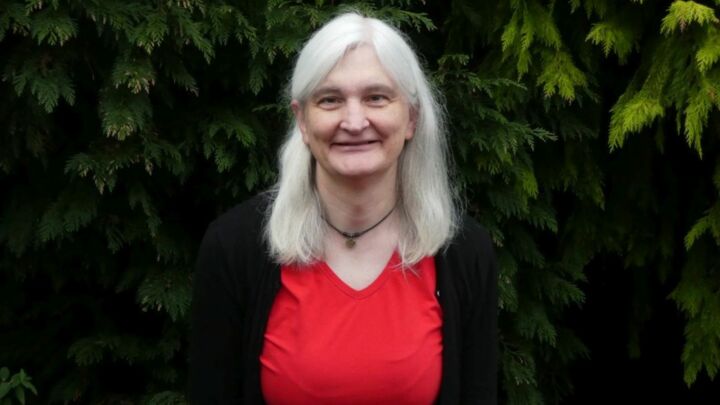
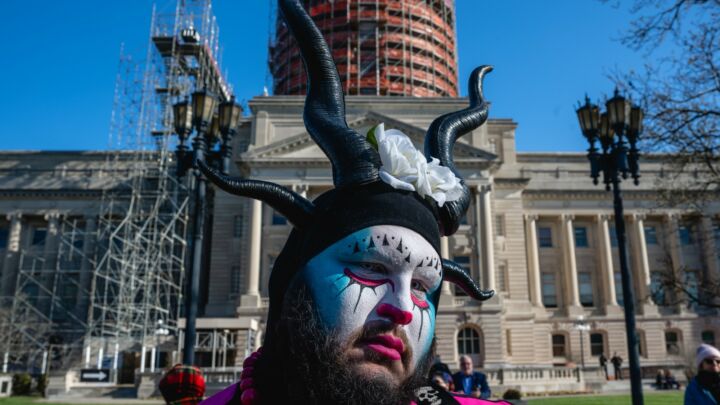

Comments
Want to join the conversation?
Only spiked supporters and patrons, who donate regularly to us, can comment on our articles.